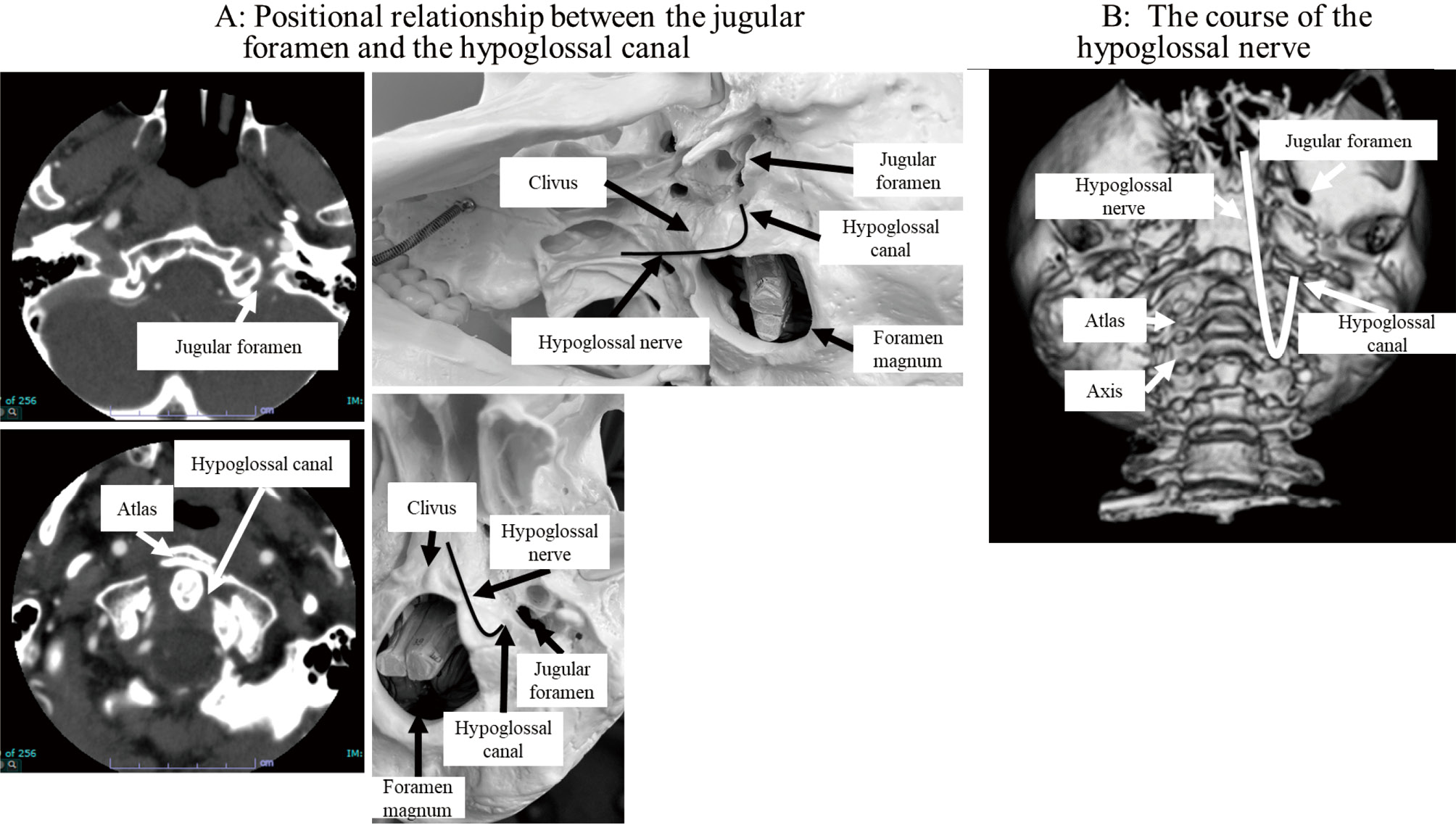- 著者
- Shota HORIIKE Yasuhiro NAKAJIMA Mamoru MATSUO Akinori KAGEYAMA Ayako MOTOMURA Takashi TSUJIUCHI Ryuta SAITO
- 出版者
- The Japan Neurosurgical Society
- 雑誌
- NMC Case Report Journal (ISSN:21884226)
- 巻号頁・発行日
- vol.10, pp.157-162, 2023-12-31 (Released:2023-06-06)
- 参考文献数
- 19
A 68-year-old man presented with a Jefferson fracture leading to lower cranial nerve palsies affecting the ninth, tenth, and twelfth cranial nerves with a traumatic basilar impression. On the X day, the patient underwent occipitocervical posterior fixation surgery; the surgery was uneventful. However, just after the surgery, epipharyngeal palsy and airway obstruction occurred. Consequently, tracheostomy was needed. On the X+8 day, speech-language pathology (SLP) therapy was initiated for decannulation. On the X+21 day, the patient could clear all the checkpoints and was decannulated. On the X+36 day, the patient was discharged home and SLP therapy was continued. On the X+171 day, his SLP therapy was halted. However, the patient continued to complain that he could not speak as fast as before, and his quality of life remained compromised. Some studies reported that lower cranial nerve palsies affecting the ninth to the twelfth cranial nerve occur in conjunction with Jefferson fractures. Thus, SLP therapy is crucial for Jefferson fracture cases.
- 著者
- Masahito HARA Yusuke NISHIMURA Yasuhiro NAKAJIMA Daisuke UMEBAYASHI Masaya TAKEMOTO Yuu YAMAMOTO Shoichi HAIMOTO
- 出版者
- 社団法人 日本脳神経外科学会
- 雑誌
- Neurologia medico-chirurgica (ISSN:04708105)
- 巻号頁・発行日
- vol.55, no.7, pp.547-556, 2015 (Released:2015-07-15)
- 参考文献数
- 32
- 被引用文献数
- 2 7
Minimally invasive transforaminal lumbar interbody fusion (TLIF) as a short fusion is widely accepted among the spine surgeons. However in the long fusion for degenerative kyphoscoliosis, corrective spinal fixation by an open method is thought to be frequently selected. Our objective is to study whether the mini-open TLIF and corrective TLIF contribute to the improvement of the spinal segmental and global alignment. We divided the patients who performed lumbar fixation surgery into three groups. Group 1 (G1) consisted of mini-open TLIF procedures without complication. Group 2 (G2) consisted of corrective TLIF without complication. Group 3 (G3) consisted of corrective TLIF with instrumentation-related complication postoperatively. In all groups, the lumbar lordosis (LL) highly correlated with developing surgical complications. LL significantly changed postoperatively in all groups, but was not corrected in the normal range in G3. There were statistically significant differences in preoperative and postoperative LL and mean difference between the pelvic incidence (PI) and LL between G3 and other groups. The most important thing not to cause the instrumentation-related failure is proper correction of the sagittal balance. In the cases with minimal sagittal imbalance with or without coronal imbalance, short fusion by mini-open TLIF or long fusion by corrective TLIF contributes to good clinical results if the lesion is short or easily correctable. However, if the patients have apparent sagittal imbalance with or without coronal imbalance, we should perform proper correction of the sagittal spinal alignment introducing various technologies.
